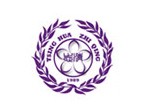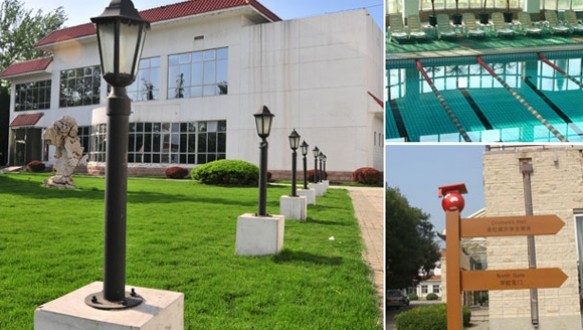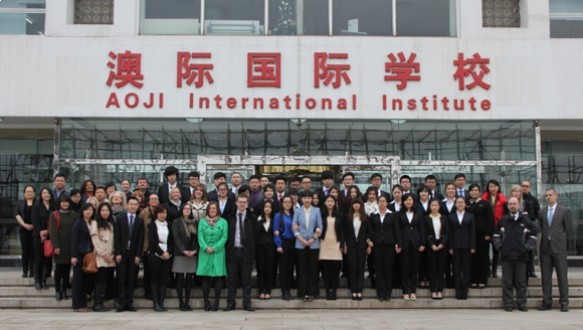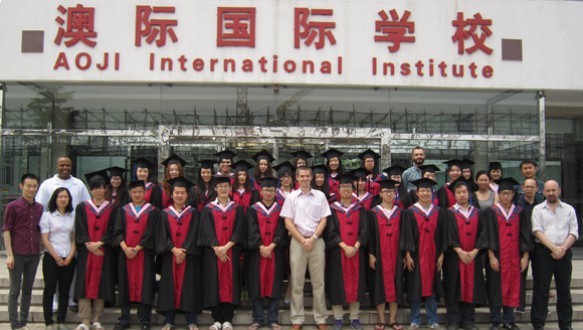Alevel经济小课堂:Comparative advantage 比较优势
Alevel经济小课堂:comparative advantage
欢迎来到Iris老师的Alevel经济小课堂!
今天咱们来讲comparative advantage比较优势。
只要谈到国际贸易,就不得不说comparative advantage比较优势,同时这也是一个高频考点。
但是,就CIE考试局来说,如果这部分知识点你只是以官方教材作为学习基础,没有进行拓展学习,应对考试是远远不够的,历年真题中考了很多教材中没有涉及到的内容,咱们今天就一起来捋一遍。
什么是comparative advantage?
Comparative advantage是指:the ability to produce a good at lower opportunity cost than another country.
举例来看:

假设specialisation之前,A国和B国分别用其一半的resources来生产costs和shirts。
要判断A和B国的comparative advantage,我们看opportunity cost。
Country A has the comparative advantage in producing coats, as its opportunity cost of producing coats is lower than Bangladesh’s .
A国在生产coats方面具有comparative advantage,因为它生产每件coat的opportunity cost是2.5件shirts,而B生产每件coat的opportunity cost是9件shirts,A生产coats的opportunity cost更低。
Country B has the comparative advantage in making shirts as it can make them at a lower opportunity cost.
同理,B国在生产shirt方面具有comparative advantage,因为它生产每件shirt的opportunity cost要低于A国。
如果A和B国都能专注于生产自己具备comparative advantage的产品,即specialisation,我们能看到specialisation后coats和shirts的总产量要高于specialisation前,这可以看作是specialisation带来的benefit。
一种特殊情况
下图代表了一种特殊情况,即两国进行international trade不会给任何一国带来benefits

当两条PPC平行时,A和B两国生产每件Y的opportunity cost都为2.5件X;生产每件X的opportunity cost都为0.4件Y。
Opportunity cost相等,说明两国在X和Y的生产上都不具备comparative advantage,因此international trade不会给任何一国带来benefits
相关真题:

根据上边的分析,此题答案为D
Trade benefit双方的条件
如果international trade要benefit both countries, 必须要满足的条件是:the price at which they trade must lie between the two opportunity cost
举例说明

通过图中的opportunity cost,我们可以得出Frank在生产potatoes上具有comparative advantage,而Rose在生产meat上具有comparative advantage。因此,他们可以进行分工,各自生产自己具有comparative advantage的产品,那就是Frank只生产potatoes,Rose只生产meat。
之后,两人决定交换,Rose用一部分的meat来从Rose那里交换一些potatoes,那么他们的交换价格应为多少才能让双方同时获益呢?
对于Frank来讲1盎司meat的opportunity cost是4盎司potatoes,而对于rose来讲1盎司meat的opportunity cost是2盎司potatoes,如果交换价格是3盎司potatoes,双方都可以获益。
解释:对于Frank来讲,如果自己生产1盎司meat,opportunity cost为4盎司potatoes,如果能以3盎司的价格从rose那里交换,opportunity cost为3盎司potatoes,opportunity cost比自己生产要低,因此可以获益。
而对于Rose来讲,如果全由自己生产,少生产1盎司meat可以多生产2盎司potatoes,但如果和Frank交换,1盎司可以换得3盎司potatoes,因此也可以获益。
如果交换价格不在二者的opportunity cost之间,会发生什么呢?
如果1盎司meat的交换价格低于二者的opportunity cost,假设为2盎司potatoes,双方都会想要购买meat。
反之,如果1盎司meat的交换价格高于二者的opportunity cost,假设为5盎司potatoes,双方都不会出售meat,因为比自己生产的opportunity cost高。
总结:只有当交换价格在二者的opportunity cost之间才会促成交易,benefit both。
我们来看一道相关真题:
这道题目问到,假设X和Y两国只生产自己具有comparative advantage的产品,再进行交换,那么哪一种交换比例可以benefit both country。
根据我们刚刚讲过的原则,to benefit both countries, the price at which they trade must lie between the two opportunity cost.
对于X国来说,1 wheat的opportunity cost为3 rice对于Y国来说,1 wheat的opportunity cost为2 rice
如要benefit both,交换比率须在2和3之间,只有C选项符合。
Reference:
1.Cambridge International AS and Alevel Economics Coursebook 第四版2.Principles of Economics3. CIE官方真题








